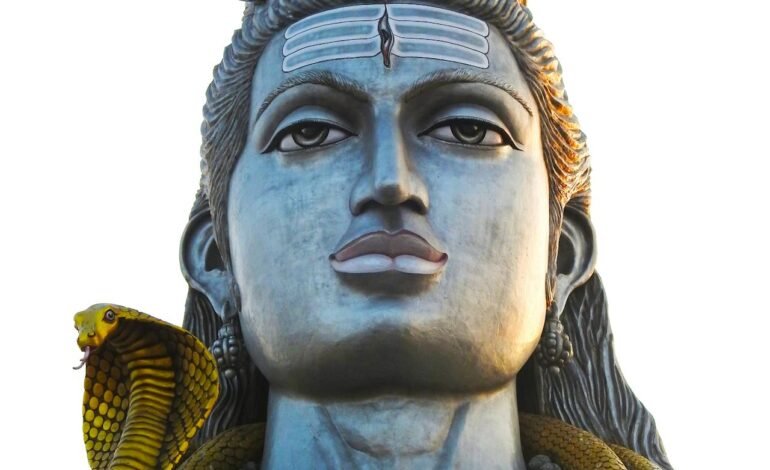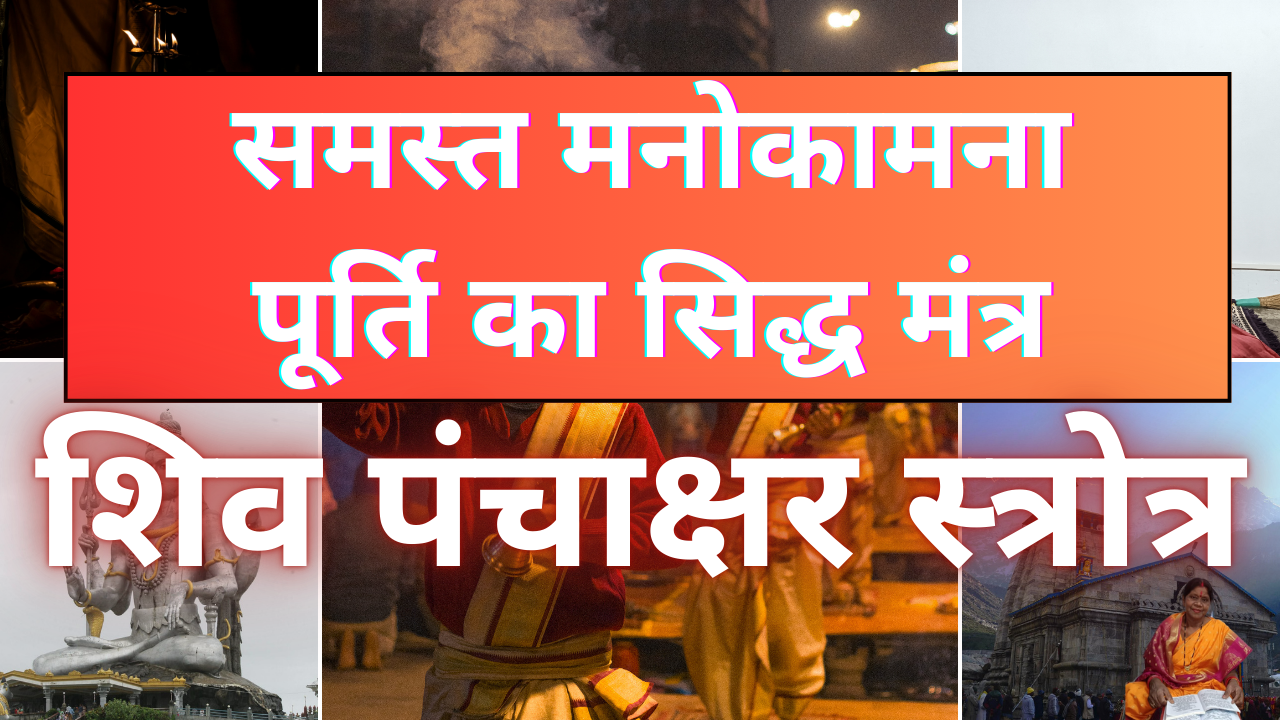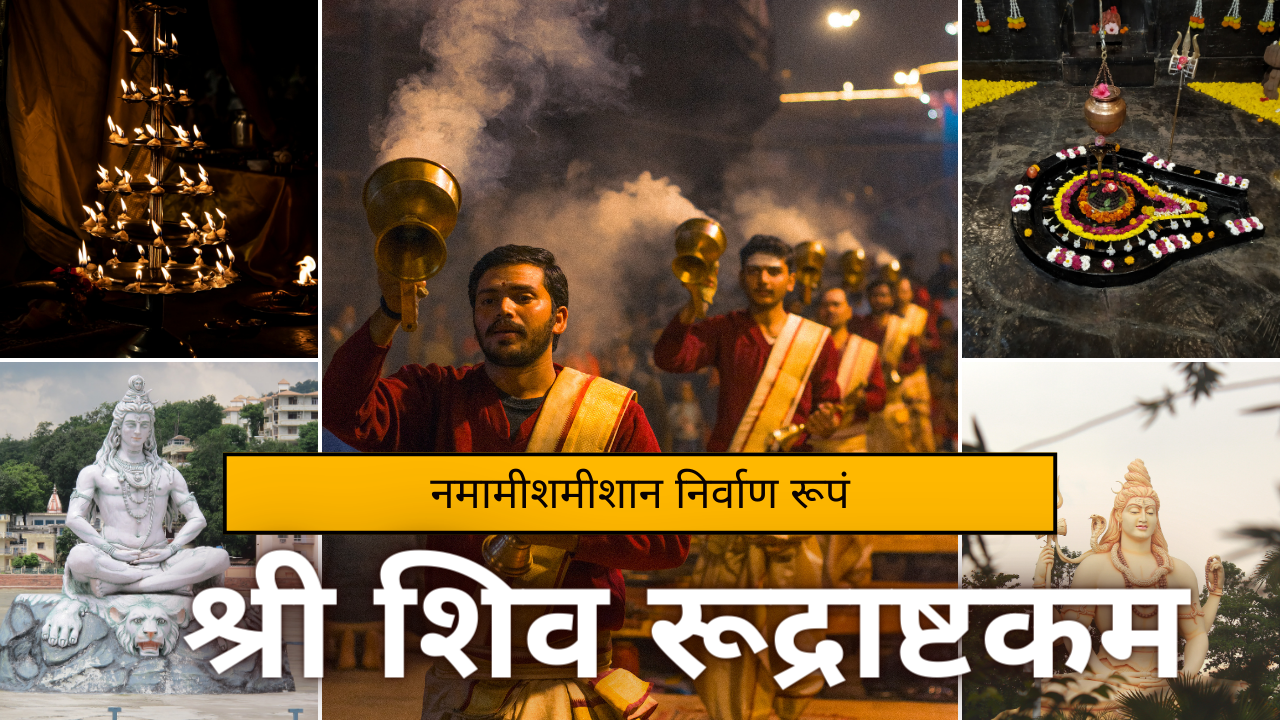The Fierce and Powerful Aspect of Rudra
In Hinduism, Rudra is depicted as a deity of immense power and ferocity, embodying the destructive forces of nature. His fierce aspect is prominently illustrated through his association with storms, winds, and hunting. These elements symbolize not only his formidable strength but also his role as a force of transformation. The Rigveda, one of the oldest sacred texts, frequently portrays Rudra as a fearsome and formidable deity, wielding immense power that can both destroy and purify.
Rudra’s connection to storms and winds highlights his unpredictable and tempestuous nature. The tumultuous winds and raging storms are seen as manifestations of his wrath, capable of devastating the earthly realm. This destructive power, however, is not solely for annihilation but also serves as a precursor to renewal and creation. The storms cleanse the earth, making way for new growth and life, encapsulating Rudra’s dual role as both destroyer and creator.
In the Rigveda, Rudra is often described with vivid imagery that underscores his awe-inspiring presence. He is depicted as a deity who wields a bow and arrow, signifying his prowess as a hunter and warrior. This iconography is crucial in understanding Rudra’s character; the bow and arrow are not just weapons but symbols of his ability to strike with precision, bringing destruction to pave the way for new beginnings. His fierce countenance and unyielding nature serve as reminders of the necessary cycle of destruction and creation.
Furthermore, the iconography associated with Rudra is rich with symbolic elements. He is often portrayed with a menacing appearance, adorned with a garland of skulls and smeared with ashes, signifying his connection to death and the cyclical nature of life. These attributes reinforce the concept of destruction being an integral part of the cosmic order, essential for the genesis of new forms and ideas.
Thus, the fierce and powerful aspect of Rudra is not merely about destruction for its own sake. It is a profound representation of the cyclical process inherent in the universe, where destruction is a necessary precursor to creation. This duality is central to understanding Rudra’s place in Hindu mythology and his enduring significance in the spiritual and philosophical landscape of Hinduism.
Rudra as a Symbol of Healing and Transformation
In Hindu mythology, Rudra is not only depicted as a fierce and destructive deity but also revered for his benevolent and transformative aspects. This dual nature is central to understanding Rudra’s role in the cycle of cosmic balance. Despite his fearsome exterior, Rudra embodies the principles of healing and renewal, illustrating that destruction is often a precursor to regeneration and growth.
Various myths and stories highlight Rudra’s intervention in healing and rejuvenation. One such tale is the story of Rudra’s transformation into Shiva, the supreme god who symbolizes the balance of destruction and creation. As Shiva, Rudra performs the cosmic dance of Nataraja, which represents the continuous cycle of creation, preservation, and dissolution. This dance signifies that every end is a new beginning, emphasizing the philosophical notion that destruction is necessary for new growth.
Rudra is also known for his role in the Vedic healing hymns, where he is invoked to cure diseases and ailments. The Shatarudriya hymn in the Yajurveda is a prominent example where Rudra is praised for his healing powers. Devotees seek his blessings for health and well-being, recognizing his ability to alleviate suffering and bring about physical and spiritual renewal. This aspect of Rudra underscores the belief that even forces of destruction can be harnessed for positive transformation.
Moreover, Rudra’s connection to medicinal plants and herbs further cements his role as a healer. He is often depicted as the lord of medicinal herbs, and his association with the natural world highlights his integral role in the process of healing. This connection illustrates that Rudra’s destructive energy can also foster life and vitality, reinforcing his dual nature.
In essence, Rudra’s duality as both a destroyer and a healer encapsulates the cyclical nature of existence. His transformative energy serves as a reminder that destruction and creation are two sides of the same coin, essential for maintaining the balance of life and the universe. This perspective not only enriches our understanding of Rudra’s character but also offers profound insights into the broader philosophical themes of Hinduism.









